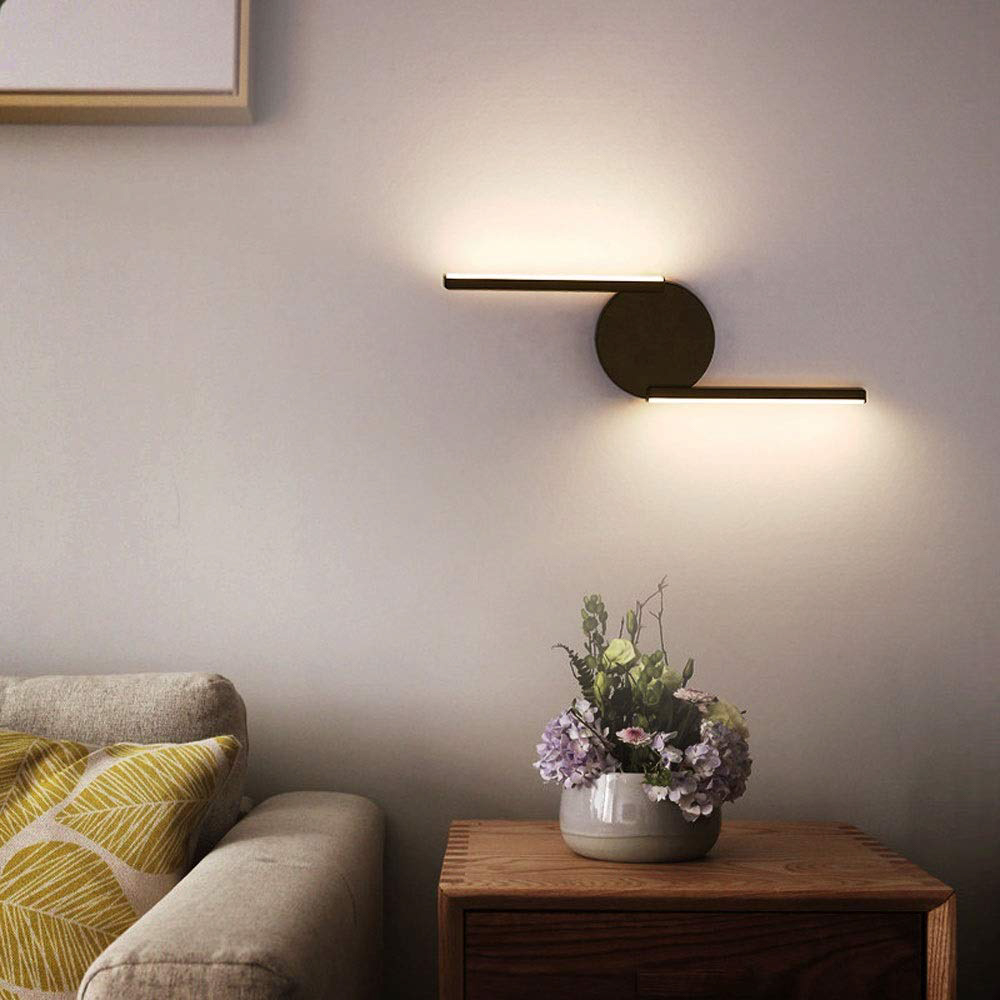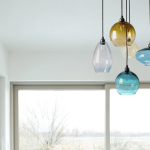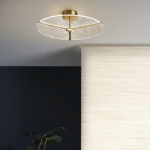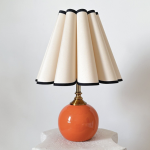
Introduction
Working from home has become the new norm in today’s world. With the advent of technology, many people are embracing the remote work culture. However, when it comes to setting up a home office, lighting is often overlooked. Home office lighting is important for a variety of reasons. This article will explore the importance of home office lighting and provide tips for creating the best lighting setup for your home office.
Why is Home Office Lighting Important?
Home office lighting is important for several reasons. Firstly, proper lighting can enhance productivity. Natural lighting can help to reduce eye strain and increase concentration. On the other hand, dim lighting or lighting with a blue tinge can cause eye strain, headaches, and a lack of focus. Secondly, home office lighting can improve mood and mental health. Bright lighting can help to reduce depression and anxiety, while dim lighting can cause a gloomy and lethargic atmosphere. Lastly, home office lighting can enhance the design and ambiance of your workspace.
Types of Home Office Lighting
There are different types of home office lighting. Here are some of the most common:
Natural Lighting
Natural lighting is the most preferred type of lighting for a home office. It provides full-spectrum light that helps to reduce eye strain and increase concentration. When setting up your home office, try to position your desk close to a window, so that you can get natural light during the day.
Overhead Lighting
Overhead lighting provides general lighting to your workspace. It can be in the form of a ceiling light or a pendant light. It’s important to choose overhead lighting that is bright but not too harsh.
Task Lighting
Task lighting is used to provide illumination for specific tasks such as reading or writing. It can be in the form of a desk lamp, floor lamp, or table lamp. When choosing task lighting, make sure the light is bright enough to provide adequate illumination without causing glare.
How to Create the Best Lighting Setup for Your Home Office
Now that you know the types of home office lighting, here are some tips for creating the best lighting setup for your home office.
Consider the Source of Lighting
When setting up your home office, consider the source of lighting. Natural lighting is the best choice, but if you don’t have enough natural light, you may need to supplement it with artificial lighting.
Avoid Glare
Glare from a screen or overhead lighting can cause eye strain and headaches. To avoid glare, position your desk lamp or task lighting away from your screen.
Adjust the Lighting for Different Tasks
Different tasks require different types of lighting. For instance, reading requires bright, focused lighting, while relaxing may require dimmer lighting. Consider using a dimmer switch or multiple lighting sources to adjust the lighting for different tasks.
Choose a Color Temperature
Color temperature refers to the warmth or coolness of a lighting source. Cool lighting, which has a blue tinge, can cause eye strain, while warm lighting can create a cozy and relaxed atmosphere.








